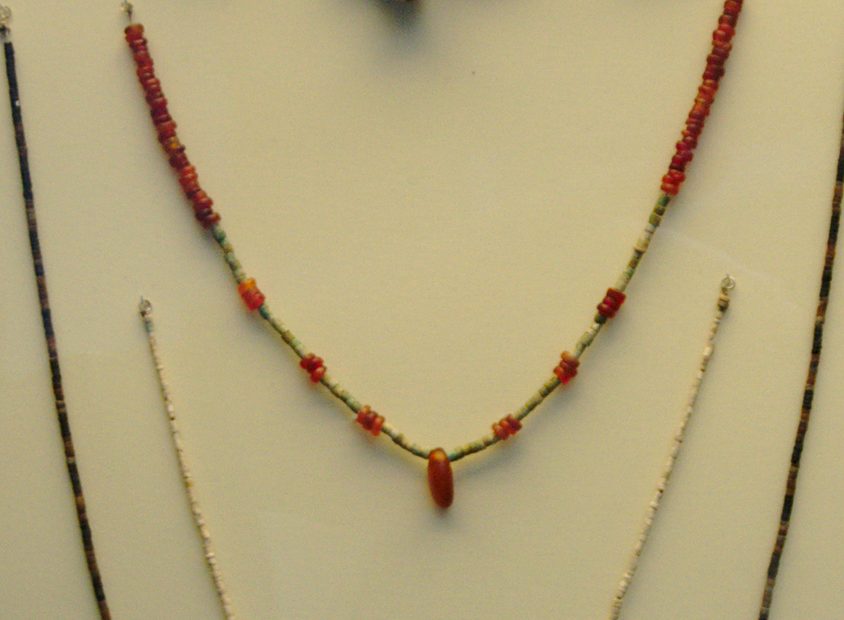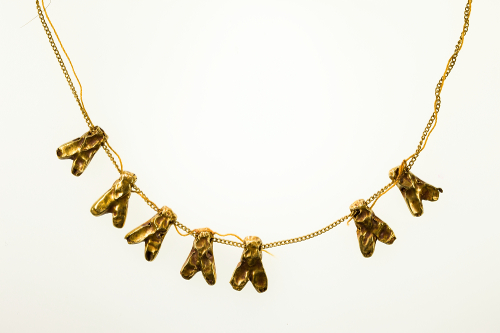“Body Image and Structuring the Identity: An Analysis of Body Ornaments in Predynastic Egypt” Maryan Ragheb
The June 2022 speaker at the Essex Egyptology Group was Maryan Ragheb, who is a 6th year PhD candidate at UCLA (California), and she told us about the research she’s doing that will be the subject of her dissertation. She’s at the point in the process where she has quite a bit of her data and has drawn some preliminary conclusions but still has more questions than answers. As her title says, she is interested in what can be discovered about identity expression in early Egyptian history from their body ornaments. So she began by defining “identity” for us. In essence this is how an individual demonstrates themselves to part of a broader group or community, and indicates their place within it. You can have more than one identity and most of us do. Identity expression is a performative action – it is something you choose to do, and it… Read More »“Body Image and Structuring the Identity: An Analysis of Body Ornaments in Predynastic Egypt” Maryan Ragheb

